What Berlin Looks Like After Paris
Those first hours after arriving in a European capital from another are the most ripe for making comparisons. Especially if they are two cities you have lived in, know well, and love.
This post is not about Paris, but about being in Berlin after spending time in Paris.
I remember when I moved to Berlin––I had been living in Paris for a half year and flew directly from Orly––I was taking the X7 bus from Schoenefeld to Rudow, thinking that Berlin reminded me of a provincial North American city. All those suburban houses, big streets, trees, wide grid-system roads. I felt like I was arriving in Wisconsin, not in the capital of Europe’s largest economy.
There was not the humming gravitas, the sense of being on the edge of a metropolitan chaos, drawn in like a ship by an irresistible force. There wasn’t the Death Star effect. Definitely not the feeling you get on the Van Wyck expressway towards Manhattan. Not even on the busy autoroutes leading in from Orly.
The depopulated feeling extended to the U-Bahn, and then the city streets. Hours before I had been jostled through the endless, crowded, strangely scented, tunnels of Châtelet. But when I got off at (what was then called) Zinnowitzerstr., the platform was empty. Where are all the people? Is this really a metropolis? It can’t be.
And then, walking down Chausseestraße in Mitte, I was stunned by ugliness of it all––the starkness of the facades in the early summer light––the lack of architectural unity, the paucity of ornamentation. It seemed brutal, factual, artless, unplanned, asymmetrical. A mesh of styles, empty lots, softened only by enough green to make me find it even more provincial. As the sun went down, I was surprised by how little electric lighting is used here: it was way too dark and quiet.
Provincial: such a Parisian word, the city to which all French roads and railways lead. France a hexagonal flower, all the petals coming from a dense bud. Provincial is the word of banishment, periphery, of poor taste, of the poor, of snobbery. Provincial has particular clues: country accents, casual clothes, quiet lanes, pastoral beauty, dark corners. Parisians and New Yorkers have certain things in common in their metropolitan disdain: I am reminded of Frank O’Hara writing ‘I can’t even enjoy a blade of grass unless I know there’s a subway handy’. Berlin is vast, sprawling, not dense, with a lower population than in the 1920s, it is 46% green space and water. Your Parisian can check all the boxes: Berlin appears provincial.
Returning just a few days ago, to Berlin from a weekend in Paris, I was reminded again of these differences. I wandered around the area between Zoo Station and Savignyplatz––often called very ‘Parisian’––and I was bothered by the gloomy wide streets, the people waiting dutifully for the walk light, the distanced froideur of interactions in shops, the quietness of the subway cars, the lack of latin buzz, pensioners standing around a Bude eating Bratwurst and fries soaked in industrially produced ketchup and covered, incomprehensibly, with dry curry powder. Where’s the joie de vivre in that?
Why had I left a place where stone bridges span the Seine’s curves around the islands, where the facades have a unity of colour that varies in subtle tones from cream to soft grey, where the corners are softened by serpentine windows, and wrought iron balconies, where there’s the impression of time passing, as if the houses themselves can move, leaning softly over centuries to one another across narrow lanes?
But that evening in Berlin, which comes early in November, the lights go down around the steely illumination of the S-Bahn line. There is quiet and dark beyond the train platform, the sound of your breath, room for thought, for your muscles to relax, place to see the sky, the flickering moving lights of the train cars. And yet you are in a space with all the intellectual and cultural pleasures of a big city. A man in overalls covered in paint gets on, and sits with his tools next to a woman in an elegant business suit. In Berlin, they might live in the same street. The train passes over the scars of division and rebuilding, graffiti in a crumbling lot. Arrive in Kreuzberg and one realises that while Paris zips during the day, it sleeps at night. The streets here are now full of young people, who won’t be driven into debt by a night out. Paris certainly feels like the body of a decorous and accomplished older person, who had already achieved what she wanted in life and can dedicate herself to dinner parties and early bedtimes. She is not the confused and dishevelled younger person, like Berlin, who releases his energy in evening excess, who wants to have fun on little expense. A friend tells me he thinks Berlin is a cheap prostitute (cheap because he’s ugly) with whom you are able to have an intellectual conversation.
In the degradation, the buzz of lost youth, of dark spaces––despite all the talk of very real gentrification––the symbols of success and belonging in Paris still don’t count that much here. In Paris there are many beautiful things to buy and look at––the right labels, the right shoes. It’s very expensive, but it’s also very fine. But here they seem superfluous. What this means is a kind of freedom.
There’s also a reprieve from cultural hegemony in a country burdened with a bad past, and especially in those Berlin neighbourhoods dominated by internationals. Not being told quite so often ‘In France, this is how we do things, this is how we eat, this is how we dress, this is how to speak’––and by extension how ‘you should be’ too––is a liberation.
Once, when I was living in Paris, I locked myself out of my apartment by mistake when bleach-blonding my hair for a trashy holiday in Mykonos. I’d come to meet the postman and the door closed behind me. I only had my wallet in one hand, and was wearing boxer shorts, a tank top, and nothing else, not even shoes. I remember walking down the stairs, my hair burning with bleach, and running across the small square facing my apartment, and dunking my head in the ornamental fountain to save my scalp. The terrace was full of well-coiffed Parisians drinking their (bad) coffee, all faced outward, graced with the spectacle of a man in his underclothes washing his hair under the 19th-century statuary. I think everyone found it incredibly inelegant. It looked bad. I ended up having to board the subway in this state, half-drenched, to pick up the extra keys in another part of the city. I remember the stares and the laughs and buzz of conversation around me––I had created again a spectacle. I certainly wasn’t dressed to go out en ville.
I remember reflecting that in Berlin, although people would have noticed, they would not have made that much of it. Certainly no one would likely say anything, no one would really have cared. Because why should they? Something in this story sums up one of the essential differences between the two capitals. It doesn’t matter as much in Berlin how things look: or at least the moral aspect in appearances is lessened.
Last night, I stood in a packed Kreuzberg bar festive with young voices from every part of Europe, and the feeling of having escaped from something arrested me––I was full of the awareness that beautiful places don’t, on their own, make you happy. Nor do ones where you are jostled along by the crowd without a moment to breathe and think. What makes for happiness is to be somewhere which is still very much in a process of transformation, where the paint hasn’t yet dried, where the codes for judgment and appraisal are not yet fixed. It also needs to be a place where there’s plenty of creative thought and good conversation. A few days pass in Berlin and you get used to the ugliness, and you’re left with something much more valuable––a reprieve, at least for now, from the grind of appearances and accumulation.
But if Berlin ever loses this youthful energy of experimentation, one might just be tempted to go somewhere easier on the eyes.




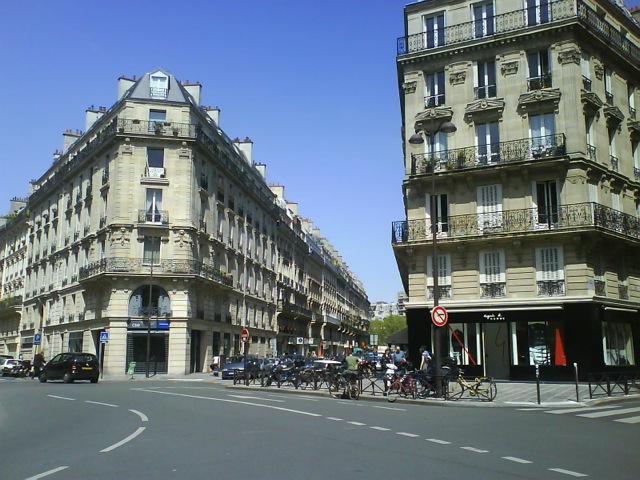
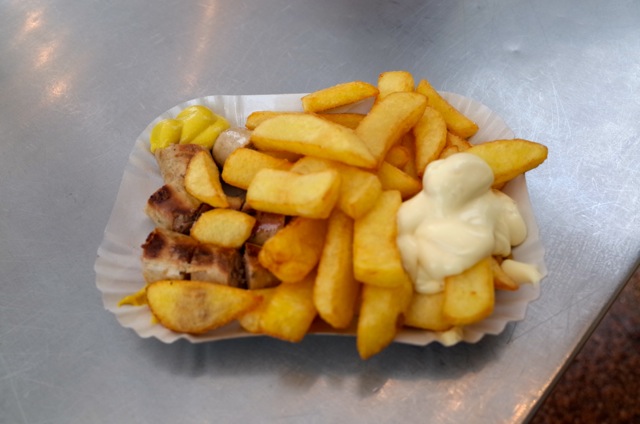
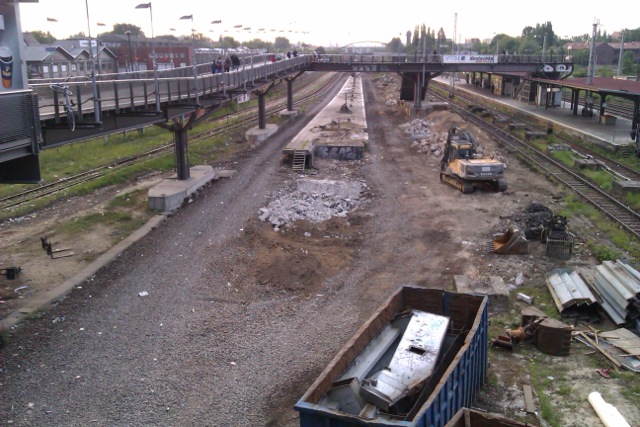
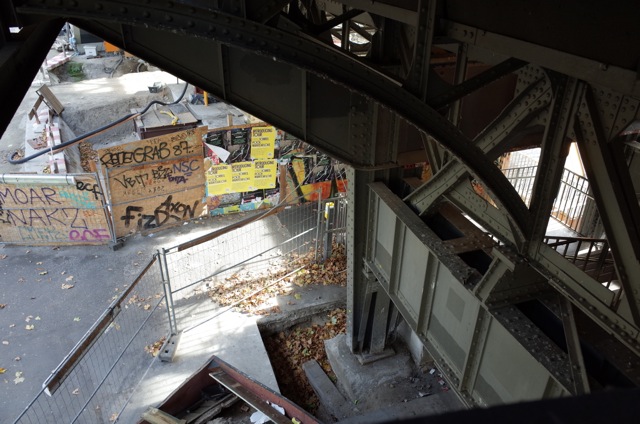
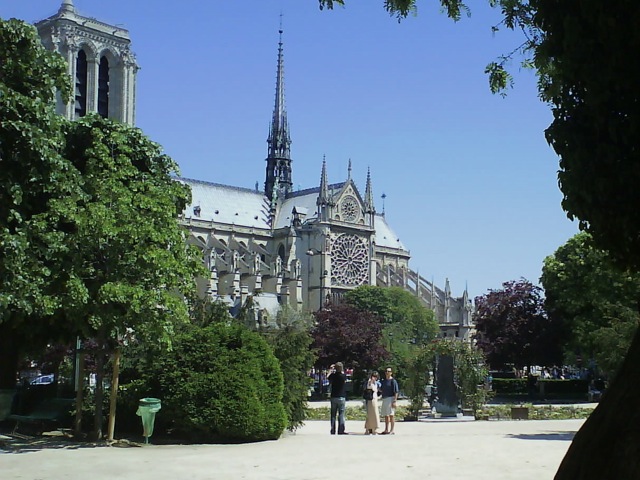
Great read. I live in Prague but consider Berlin my favorite European city for the exact reason you nailed in this post. So glad to have found your blog; will keep reading.
Beautifully said with a bit of an uneasy finish. As calls of gentrification are never-ending, that may be the city’s future. But I hope not.
Just discovered your blog. Beautifully written! However, the differences you point at are not a matter of deliberate choice. Berlin once had many high bourgeois, Parisian-looking corners (such as Belle Alliance square), but most of them were destroyed in WWII. In any case, it´s always refreshing to experience the unique result that post-war Berlin culture produced. Ich bin auch ein Berliner, despite the fact that I don´t live there.
Berlin is freedom. Paris is like a nice and expensive royal museum. You don’t live well in a museum, you must fel free. Paris is the gorgeous paat. Berlin is the beautiful future.